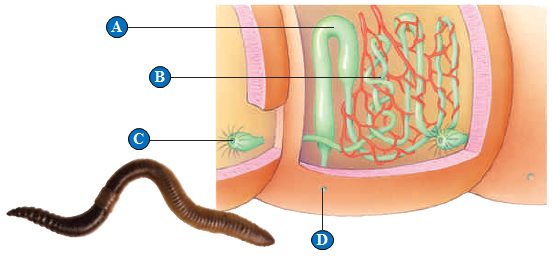For the following medical conditions, describe the likely cellular organelle or structure that has been affected in such a
way as to cause the condition (note: There may be more than one organelle or structure involved):
A. The sperm of a man cannot swim, thus rendering him infertile.
B.
A child experiences kidney failure due to Fabry's disease where the cells lining the inside of the
kidney tubule accumulate abnormally large amounts of glycolipids that are usually degraded by
enzymes
A person dies within minutes after ingesting cyanide because ATP is no longer being
synthesized. What will be an ideal response?
Concepts to Consider: A. The problem may be due to nonfunctioning mitochondria, which
power the beating of the flagella, or the problem may be dysfunctional microtubules; B.
Peroxisomes, which contain enzymes that break down lipids and fats, may be nonfunctioning
or may not be produced by the Golgi apparatus. On the other hand, the enzyme itself may not
be produced due to a mutation in the DNA or some post-transcriptional problem; C. Cyanide
prevents the normal functioning of mitochondria.
You might also like to view...
The result of X inactivation is ____________________ between the sexes. Fill in the blank(s) with the appropriate word(s)
Wernicke's area of the temporal lobe is involved in the:
a. body's biological clock. b. coordination of motor activity. c. recognition and interpretation of words. d. processing of chemical stimuli. e. processing of visual stimuli.

A. The excretory pore B. Nephridium tubules C. The storage bladder D. The ureter E. Funnel to collect fluid
The two types of nerves in the peripheral nervous system are cranial nerves and spinal nerves.
Answer the following statement true (T) or false (F)